
After a hearty breakfast I head north again. The rain has stopped during the night, low clouds are still rolling over the island, but the forecast calls for rain only in the southern part of the island. My destination is Yambaru National Park, a place where botanical records say the Tanibuta, or wild mandarin Citrus ryukyuensis should be found. It was only properly identified and described in 2021 by an academic team around Dr Wu. Until then, no one knew that the unassuming mandarin, which had been thought to be a variation of the Tachibana was actually the original species and parent of much of Japan’s citrus. Now, three years after this great botanical discovery, I come to the scene to see it for myself. From older records I have picked out several sites where Tanibuta used to grow and I hope to find it somewhere. Try as I might, I have been unable to find anyone who knows exactly where Tanibuta grows.
The Yambaru National Park was established in 2016 and the area has been included in the application for UNESCO World Heritage listing. The name Yambaru means “area of mountains and forests” and refers to the entire northern part of the island of Okinawa. In this area, the three northern Okinawan villages of Kunigami, Ōgimi and Higashi still have healthy forests and are home to many endemic species.
In fact, subtropical forests such as in Yambaru (rainforest) are rare in the world, with most of the subtropical zone being rather dry. The Yambaru area has more rainfall and cooler temperatures than the southern areas of Okinawa, with over 3000mm per year falling on Mount Yonaha (503m above sea level), the highest peak on Okinawa. This means warm (not hot) rainy days, an ideal climate for citrus.
I start my search on Mount Nekumachiji, where several Tanibuta.finds have been reported in the literature in the past. It may be the highest mountain in the Ogimi village area, but the name of the mountain is a bit pretentious after all. 361m above sea level, even with a steep climb, is not that much. I park the car at a nearby intersection, which I wouldn’t call a parking lot, but I’m alone here. It’s not the season, and it’s not the best weather. The road through the dense forest is steep, but it looks passable. The signage in Japanese is good, and what at first glance looks like a makeshift wooden staircase is actually a precise construction of plastic. This is a bit of a surprising material in a national park, but Japan has its way. In a rainy area, it actually makes sense.
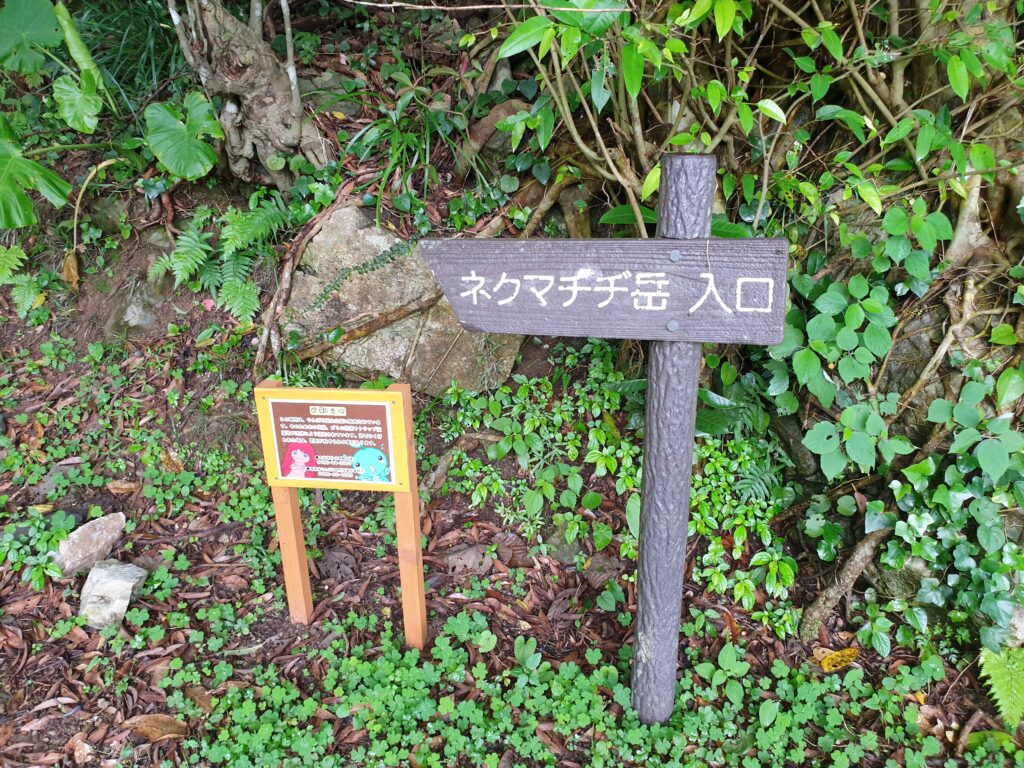
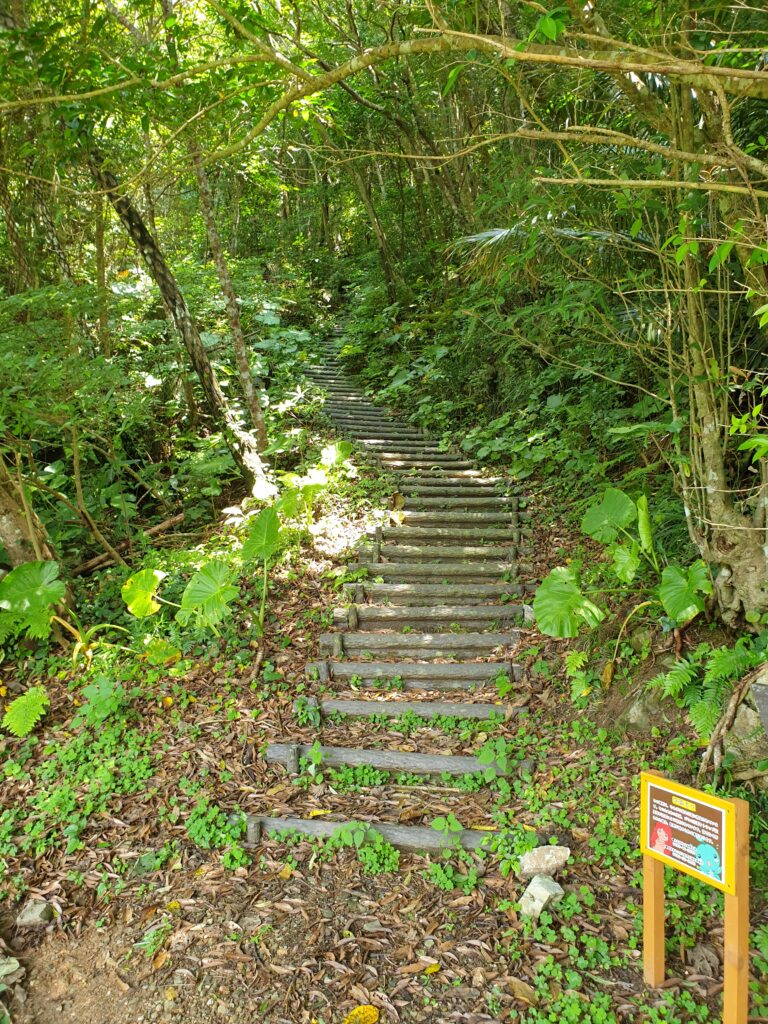
I’m a little worried that this search won’t be easy. The rainforest around me is dense, the trees look like each other and their crowns are quite high. But I’ll know a citrus at a glance if I come across it, won’t I? I’m climbing uphill and it’s getting progressively colder.
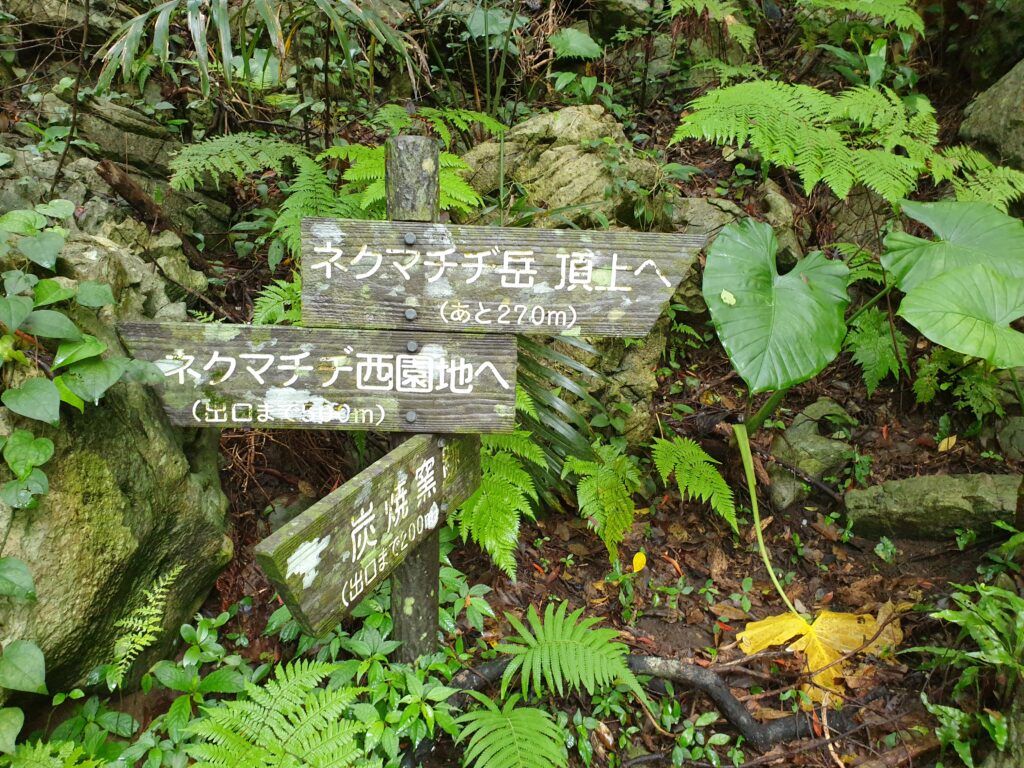
My enthusiasm is soon rewarded. A short distance from the road, I recognize an obvious citrus seedling. I enthusiastically photograph it and look around for any of its parents. Nothing. The path meanders further up and there are traces of running water all around. Could the mother plant be up there somewhere and the seeds or fruits have been spread around by the torrential rain? It would make sense. The trees around here are tall, certainly much taller than any citrus I know. A larger citrus plant wouldn’t have enough space and light to survive here. I meet another seedling a little higher up – I’m on a good trail.
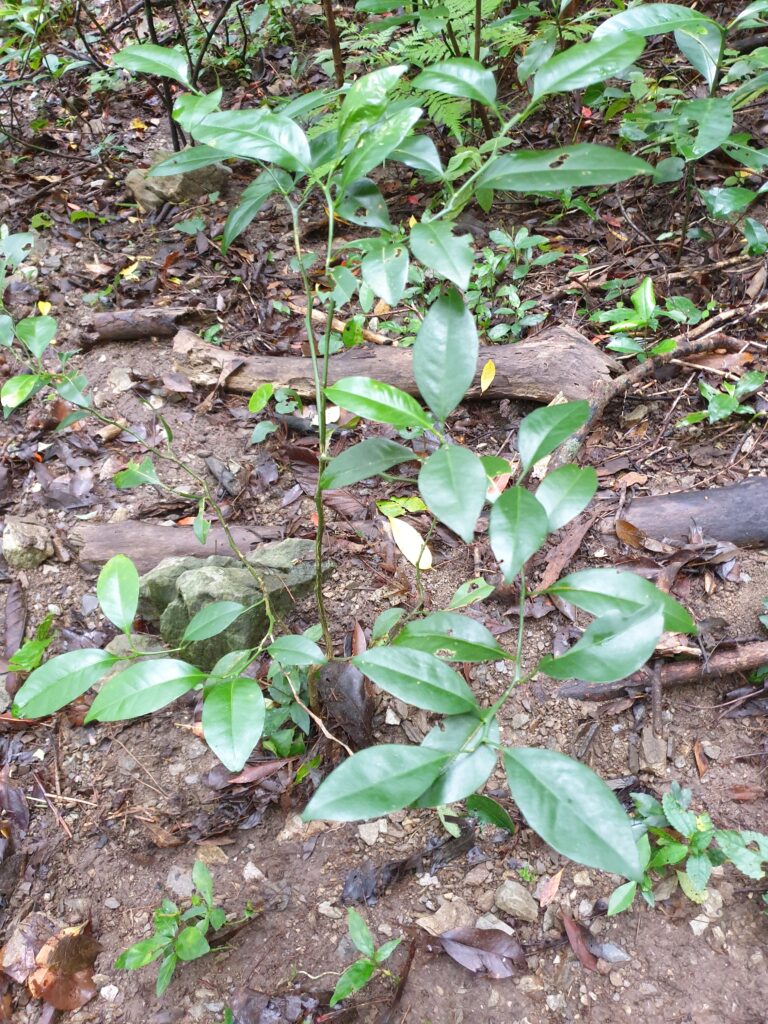
On the way to the top I also find local wild cinnamon (Cinnamomum sieboldii). Since time immemorial, its leaves have been used for tea and its stems and roots for sweets and for steeping in Okinawan Awamori liquor. It is a five metre tall tree with rather typical unmistakable leaves.
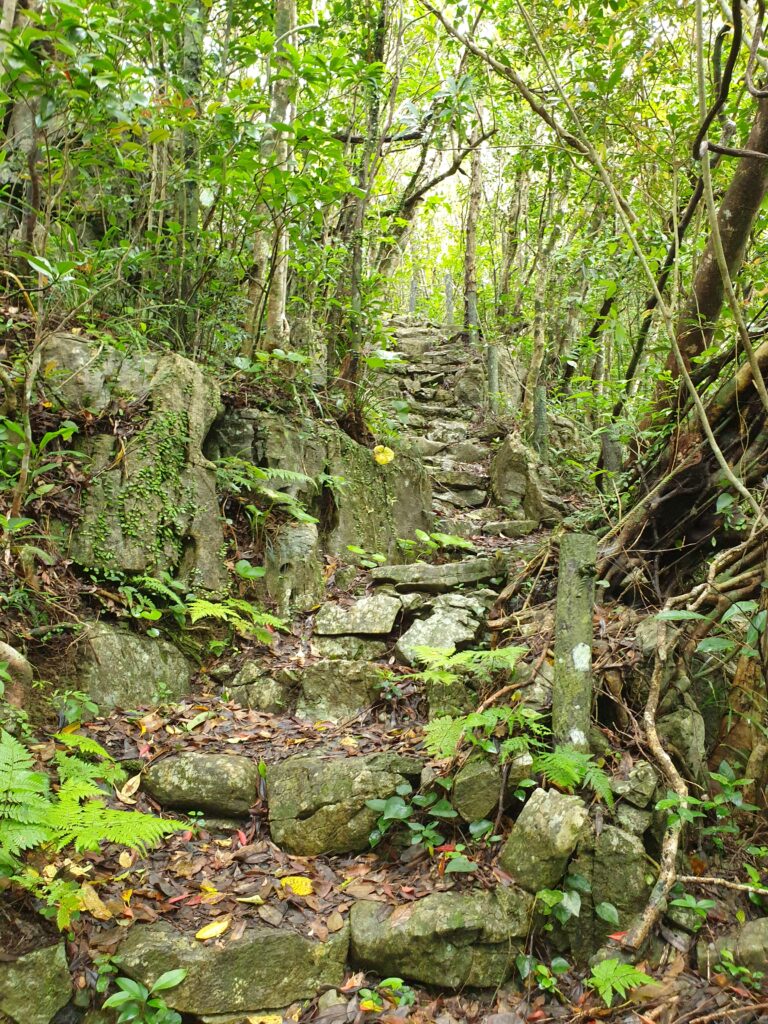
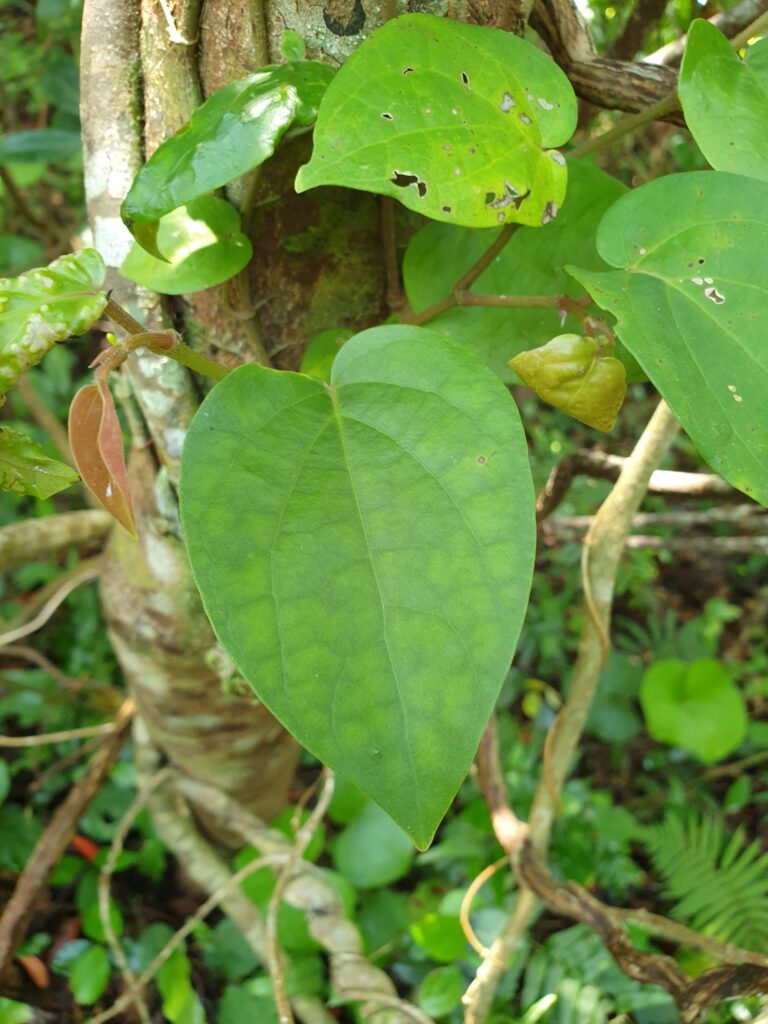
I’m finally making it to the top. The limestone ridge stretches on both sides in a SE – NW line and provides occasional views through the trees. The vegetation is much lower here, with most of the taller trees visibly damaged by last year’s typhoon. The smaller trees, however, overcame the event without major disaster.

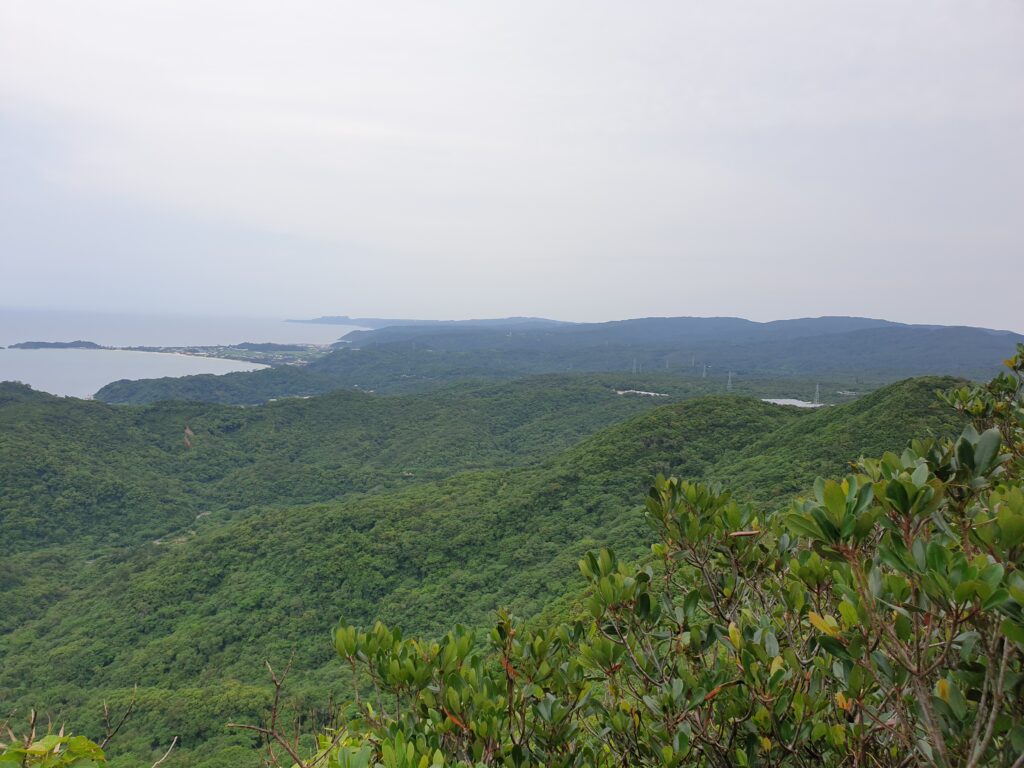
Right at the first viewpoint, a surprise awaits me – a mature Tanibuta tree with many fruits set. It was easier than I had feared. I take photos of the wild mandarin, shoot videos and enjoy the breaking weather. The view all the way to the sea is fabulous, with butterflies flitting around. In the industrial south of the island there are still black clouds, but here the weather is almost idyllic. I walk around and find more seedlings and mature Tanibuta trees. But these are visibly damaged by the typhoon and many branches are bare and dry. At least in this exposed location, Tanibuta occupies a pioneer niche. The large trees are gradually dying under the influence of the strong winds and new ones are growing rapidly in the vacant places. On the mountain ridge, tall rainforest does not have a chance to grow for long, so the advantage goes to the lower compact species, which can withstand extreme weather more easily. Tanibuta is clearly one of these.
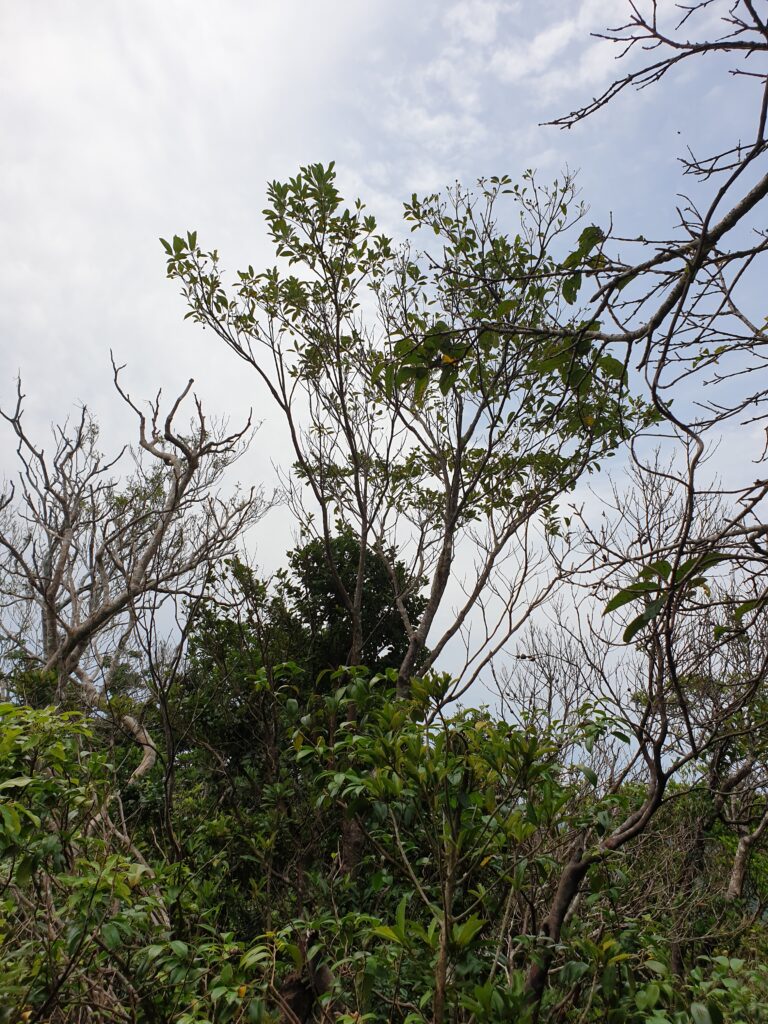
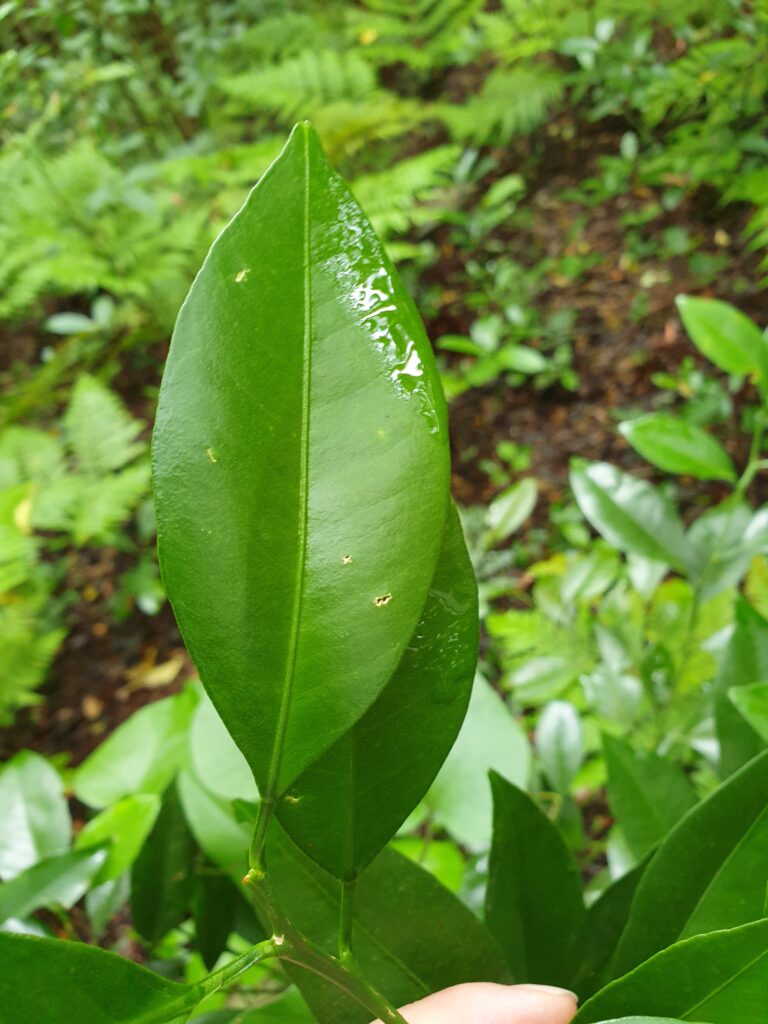
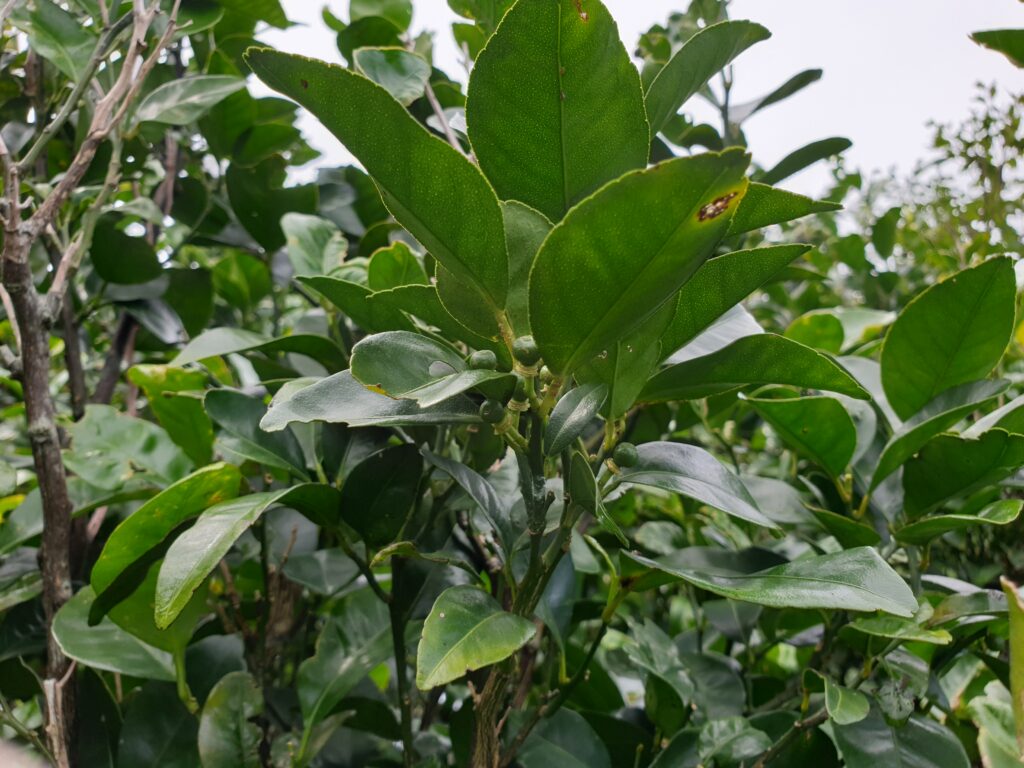
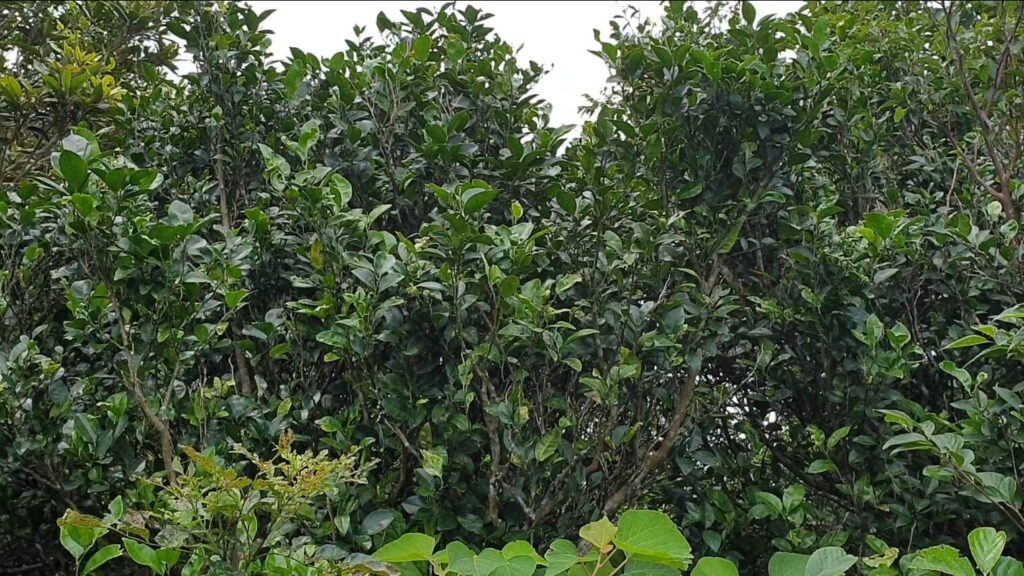
Relaxing, walking around and enjoying the tranquility of the rainforest without the annoying insects. I don’t even want to go back to the guesthouse today, but in the end hunger wins out.
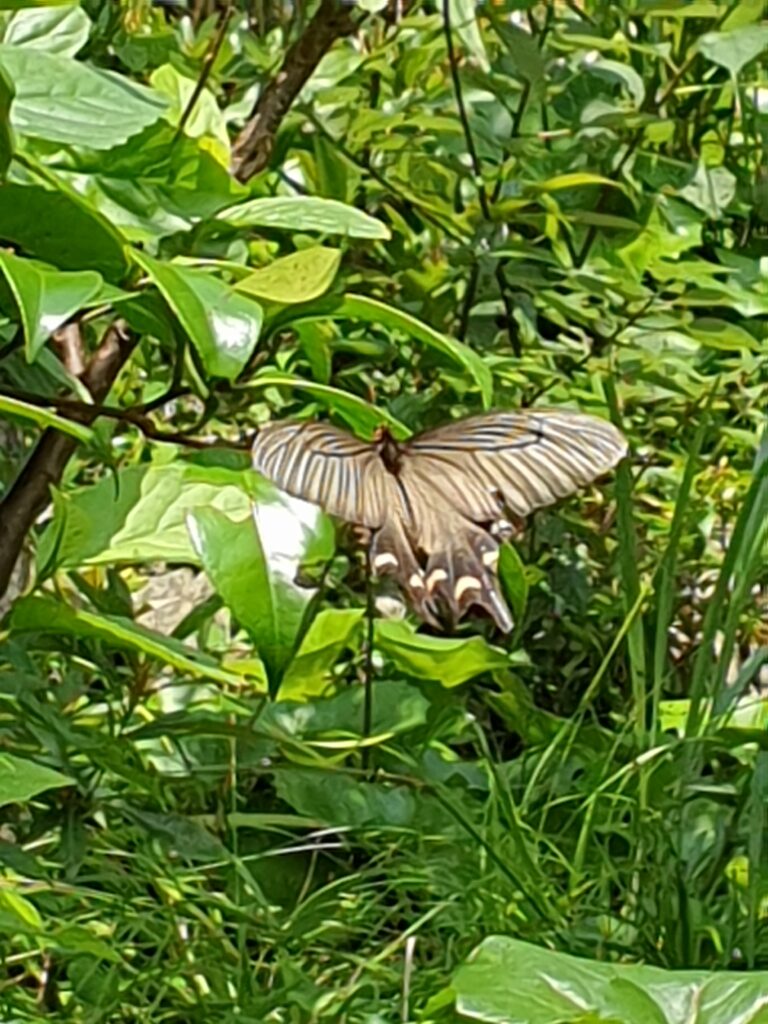
On the way, I buy some souvenirs and food and head back to the Weekend Pension for a good meal. Tonight is my last night, so I still have to pack and get everything ready to go. Fortunately, I have arranged to leave my stuff at the guesthouse all day, so I can use the last day before I leave to do some exploring.
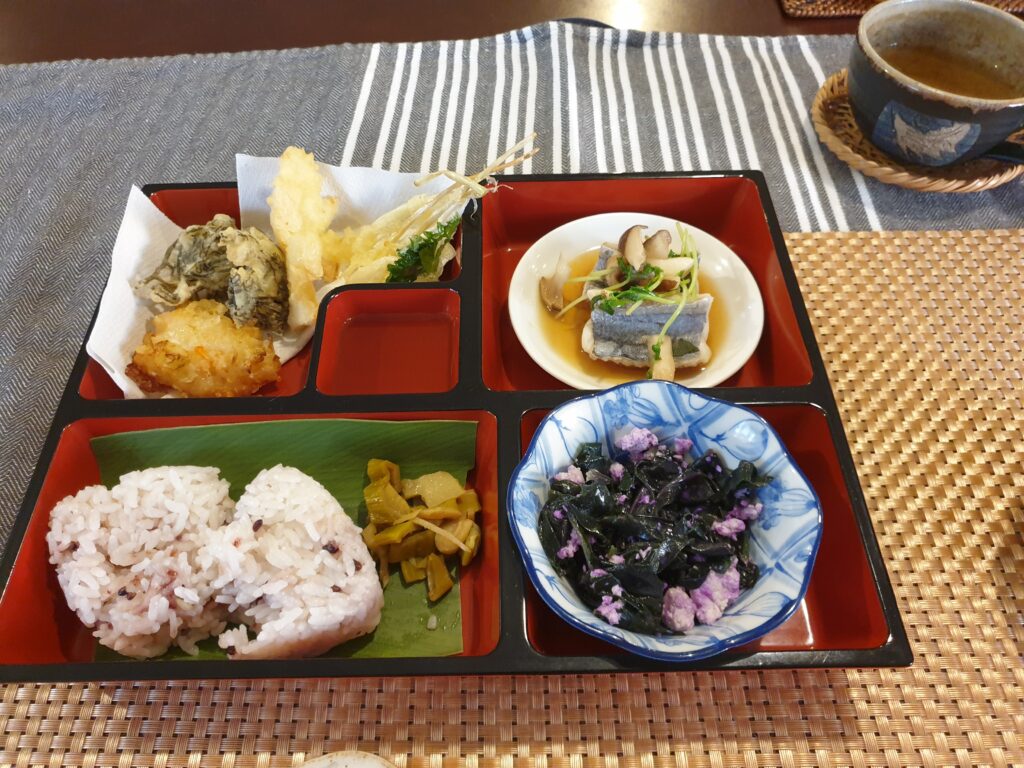
Search for citrus trees in Okinawa – Business week in Tokyo – Day One – Day Two – Day Three – Day Four
